What is a Landscape?
“all the visible features of an area of land, often considered in terms of their aesthetic appeal” – Oxford Dictionary
physical elements of landscapes could include geographically defined landforms such as mountains, lakes, rivers, trees. However landscapes could also include man made structures such as city’s and farms, heavily industrial areas such as New York or more rural urban countryside where there is still man made structures like old cottages or small towns.
Examples of landscapes
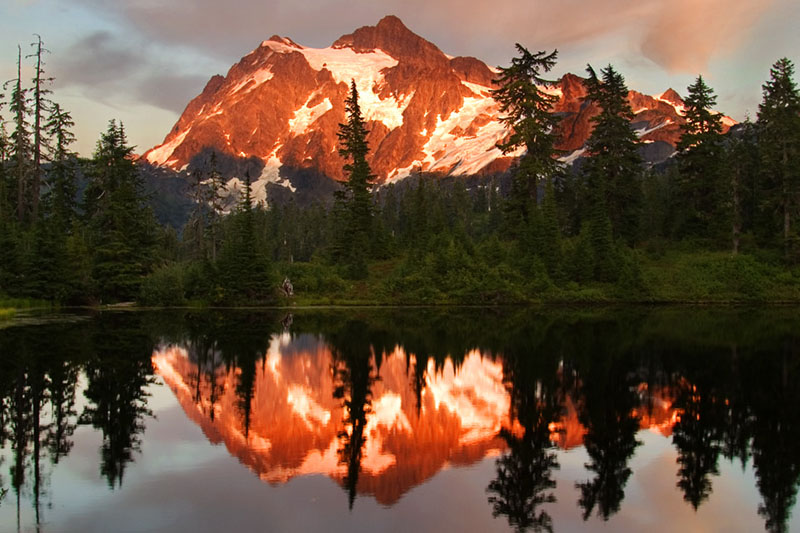
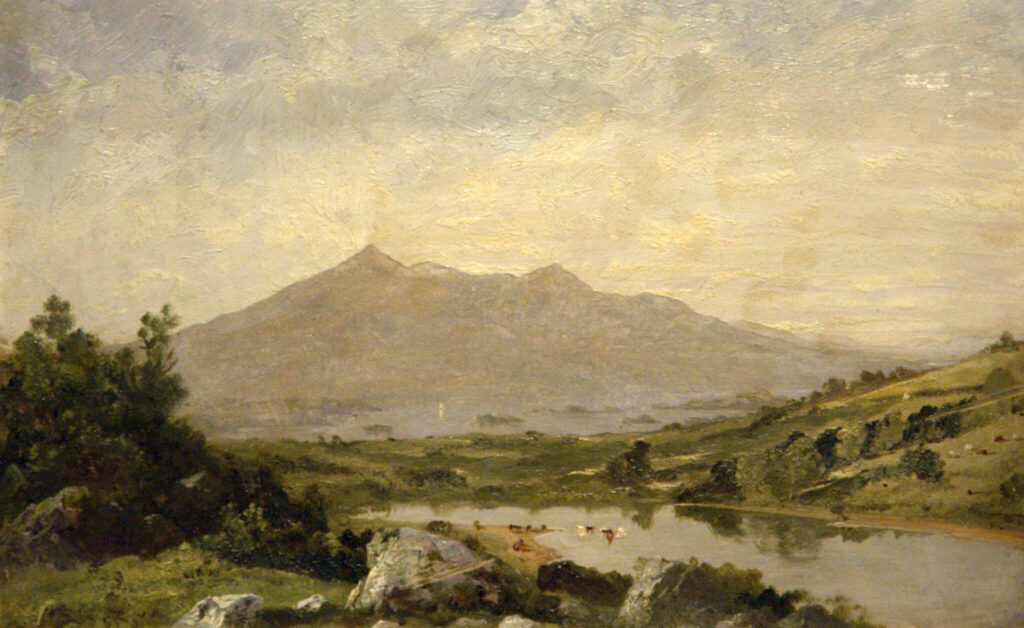

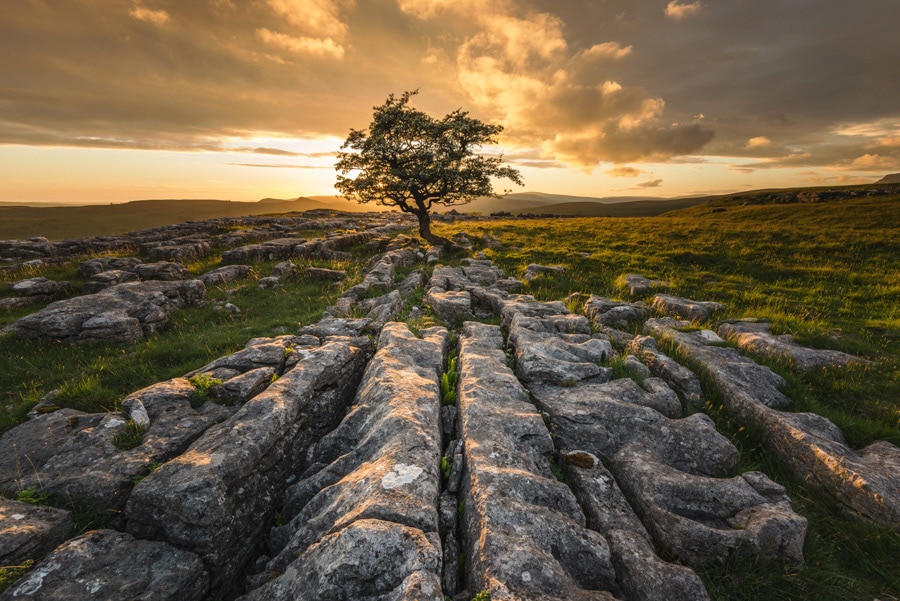
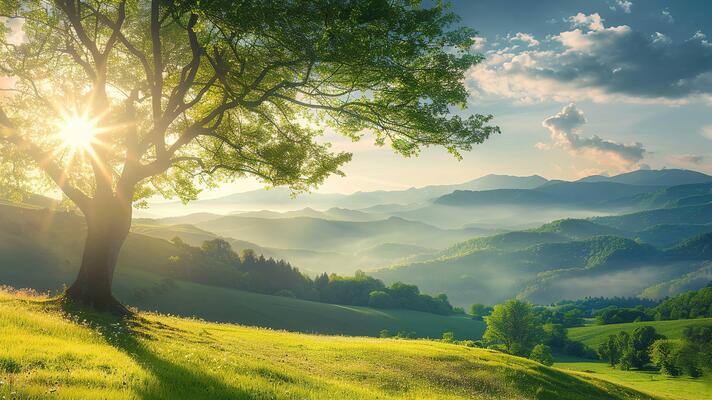
Photography is a great way to be able to show landscapes however it started many many years ago originally with things such as cave paintings.
This was one of the first ever cave painting discovered. Where you can see they are depicting the landscape of the animals around them.

painting and sculptures have been around long before photography and were the first original ways to be able to display what was being seen before photography came along.
When did landscape emerge as a genre in western culture?
After the fall of the Roman Empire the traditional pure landscape painting declined, and was replaced with landscapes seen as a setting of victory and religious and figural scenes. And this continued on till the 16th century when the landscape movement started to become a subject its own right.
However long before the landscape movement became a subject in its own right in the West of the world, it was highly established in China originating in the 6th century.
“In the West during the Renaissance, art was still centered around sharing stories of specifically biblical, mythological and historical themes. Consequently, few examples celebrating scenery alone in art can be found of this period. However, it is important to note that often these stories were told against a natural scenery background.” – pasted from https://blog.artsper.com/en/a-closer-look/a-brief-history-of-landscape-art-and-painting/
take a look at this link as it as a lot of interesting information about the development into Western Culture and how it originated.
When did landscape photography originate?
The earliest known landscape photo was taken in 1826 and 1827 by a French inventor, Nicephore Niepce which was actually a picture of an urban landscape.
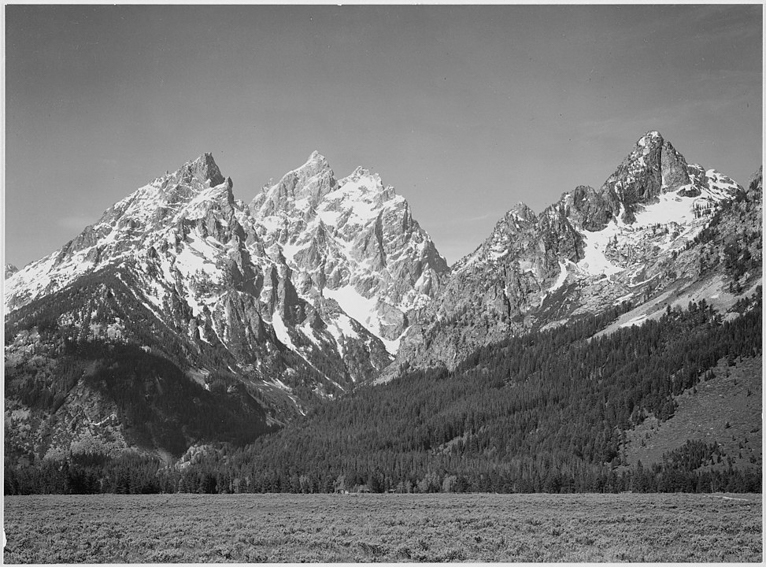
This is the earliest know landscape image taken by Nicephore Niepce.
Types of photography landscapes:
To get these heading I had an old sheet from GCSE photography where I did a little bit of research about the headings.
Countryside Daguerreotypes – this was an early type of photography mainly taken by French and American photographers such as Sam Bemis and Alexandre Clausel.
Examples of countryside daguerreotypes:
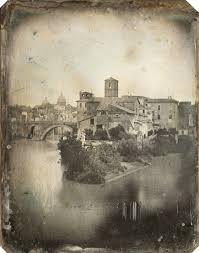

Early portraits of the city – photographers used to take pictures of the early city and landmarks which would then get distributed across the whole world. But since the cameras had such long exposure it was difficult to capture people without them blurring Louis Daguerre.
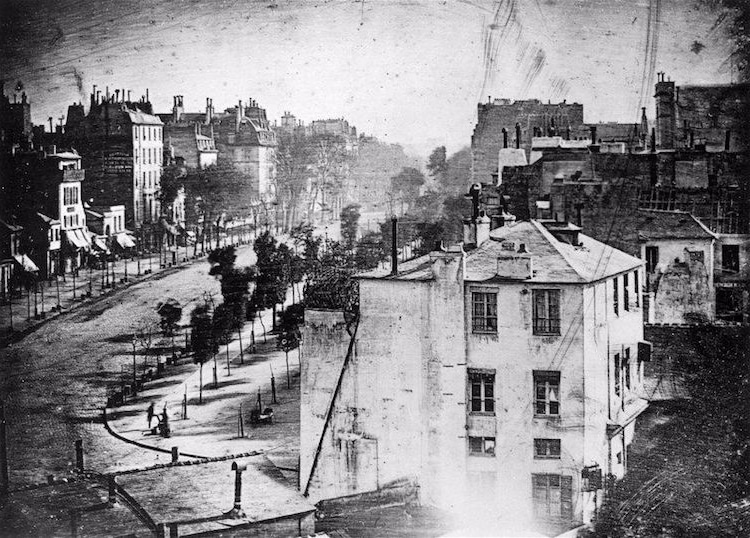
This image was one of the earliest images taken by Louis Daguerre of the old city’s
Industrial revolution – in the 1800s the world changed as the industrial revolution this changed the landscape of the city and the suburbs leading the factories being built and changing the beauty of the landscape (this upset the romanticism photographer/painters) During this time the romanticists where protesting to help society not get to carried away with the big factory’s and to help preserve the purity of nature.
aerial viewpoints – to get aerial viewpoint photos people would go up in planes to be able to take these shots and they would hang out of the plane to be able to get the shot. In my opinion this is extremely dangerous but the result was worth it. Some viewpoint photographers are James Wallace Black and Nadar.
Image by Nadar: – example of aerial photography
Adding colour to landscapes – in the 1860s photographers starting adding colour to their photos by painting them with inks to dye their photos and then they started experimenting in the dark room process
Modernism – Modernism started after the Industrial Revolution and then the modernism work gradually became more and more abstract focussing on things such as line shape and form
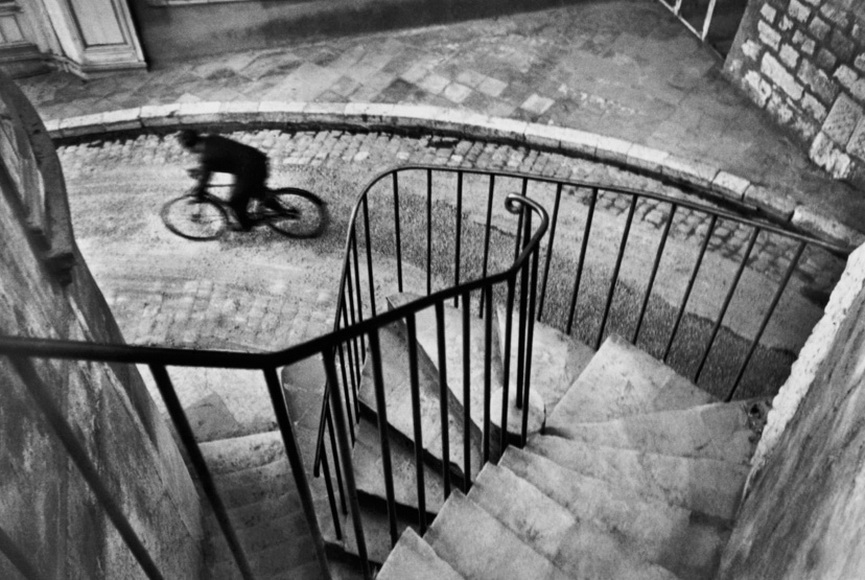
This is an example of modernism where the photographers start to learn and focus more about the power of leading lines
Pictorialism – some photographers wanted to define photography as something unique and not just scientific evidence and they wanted to capture the mood and atmosphere as well as science.
Unconventional Perspectives – in the 20th century photographers wanted to show photography as an art from so they took pictures of the unusual compositions and perspectives, of the modern architecture
Me, Myself and the Landscape – this photography was seen as more of an extension of themselves with the work they produced including autobiographical elements
Example of Me, Myself and the Landscape:
Conceptual Photography – this type of photography choose to focus on the ordinary and was mainly done by German photographers and focuses on defunct structures in a systematic way they photographed the same objects from different perspectives and they laying them out in a grid formation after printing them out

Direct intervention – these photographers thought of themselves as “recorders of the truth” and they choose to see themselves as photographer who construct a scene and preferring to highlight the subjectively which people see the world
A Return to Nature – although people were interested in documenting the city as this was the industrial revolution and they wanted to document the beauty of nature as more and more factories and cities were being built he used a technique called the zone system to receive a tonal balance in his photographs.
